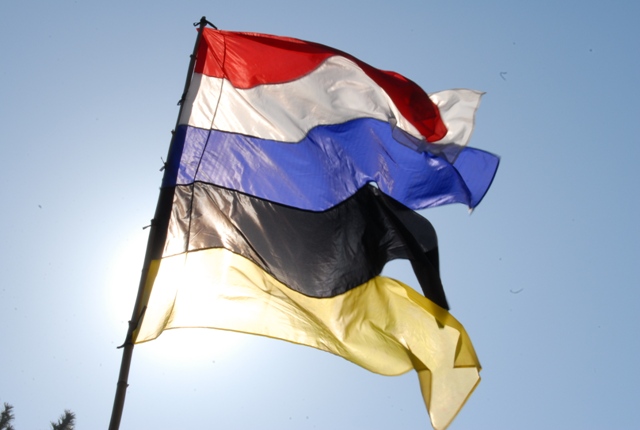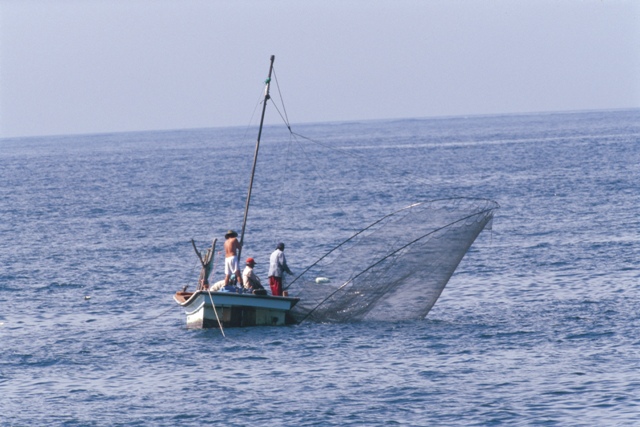| |
 |
|
| ▲ Jeju's maritime heritage is entwined with its wind traditions. Photo by Yang Ho-geun |
The most fundamental issue in looking at Jeju’s position in Asia hinges on whether we see Jeju as an island attached to the Korean mainland, or as an independent island advancing toward the Pacific. In the historical record, Jeju is regarded as an attached island that is intertwined and dependent on the mainland.
It is essential to consider the status of Jeju’s maritime relations to the geopolitics of the northwest Pacific. Jeju built strong relations with the cultures of the southern seas through exchanges of people and cultures, particularly along the Kuroshio Current, a fascinating part of maritime history.
Maritime civilization can be understood as “the way of the wind” as civilizational exchange was only feasible along such routes. Therefore, without the wind, voyages would not have been possible, and the seeds of both nature and culture would not have been passed on. The great journeys of maritime history to Melanesia, Polynesia, Micronesia and even Easter Island all followed the wind and nowhere in Korea is as wedded to the wind as Jeju.
Seobok’s expedition east, in search of an elixir for Chinese emperor Qin Shi Huang, hints at the ancient maritime network linked to Tamna. Some scholars state that Seobok passed through Seogwipo by pointing out that Jeju is “Danju” as written in the ancient text, “Seobulgwaji.” The story of Seobok suggests that the ancient maritime routes of the day linked China, Jeju Island and Japan. This allows us to see that Jeju was a bridge in the ancient maritime world rather than an isolated land. Prehistoric maritime exchange theory also confirms that the effect of the wind was even greater than the currents in ancient times.
The two foremost gods of the wind in East Asia give us some insight into the mindset of the people: Majo from Gangnam, China, and Yeongdeung from Jeju, Korea. The people of mainland China and Taiwan are passionate about the goddess Majo and her roots are thought to be in ancient folk beliefs of southeastern China. A national rite is now held in her honor and the culture has gone through many changes according to national power and control.
The goddess Yeongdeung, and the rite associated with her, has mostly disappeared from the Korean mainland but stoutly remains in Jeju. Yeongdeung is the Naebangsin, and she is not only thought to help fishermen and diving women, but also those going on voyages at sea. The current folk beliefs around the goddess show the power of oceanic culture and Yeongdeung was probably a goddess of sailing in the past.
Even ocean drifts, once thought to be the result of currents, are now known to be the result of wind power; wind and waves caused most maritime distress followed by tides and currents. Many people, for example, drifted from Jeju at the center to Taiwan, Okinawa and the Philippines in the surrounding seas, indicating that Jeju was not irrelevant to the Pacific maritime world.
| |
 |
|
| ▲ For centuries Jeju people have plied the seaways of Asia, sometimes venturing as far as Vietnam. Photo courtesy Jeju Special Self-Governing Province |
Since drift cases focus on the outward journey or the land-based return, maritime returns have been under-analyzed, although there are some verified cases such as Sukjong and Ko Sang Young, who drifted to Annam (Vietnam) and lived there for five years. Dae Hwang also drifted to Annam and returned by merchant ship to Seogwipo with only a wind mast, completely avoiding China. This suggests the route was well traveled and established.
The influence of the Kuroshio Current was stronger in ecosystems than in civilizational exchange, as seen in flora and fauna movement from south to north. The movement of animals and plants along sea currents is well understood in local ecosystem studies, but we also must recognize civilizational exchange according to principles in island culture studies; both natural and cultural gifts were bestowed along the “Kuroshio Road.”
Road 1. Southern plants: crinum lily and cactus
Road 2. Southern fish: anchovy, yellow tail, whale
Road 3. Pig culture: Pacific island pig culture and East Asia black cow culture
Road 4. Diving women: Asia Pacific diving rights and Jeju haenyeo
Road 5. Dolsal: East Asia and Jeju marine stone walls
The whole of East Asian history is seen through a center-periphery lens, overlooking everything deemed peripheral. It is now time to reassess this history and shine a light on the cultures at the periphery and recognize their historical value. We need to realign Jeju history against Korean history, Taiwanese history against Chinese history, and Ryukyu history against Japanese history.
This would allow for a shift from the established Chinese-Japanese-Korean paradigm to a Taiwan-Ryukyu-Jeju historical worldview, shining a completely new light on the East Asian region. Jeju and Tamna would thus be placed within an intriguing and rich maritime heritage away from the mainland’s continental bias. |





















